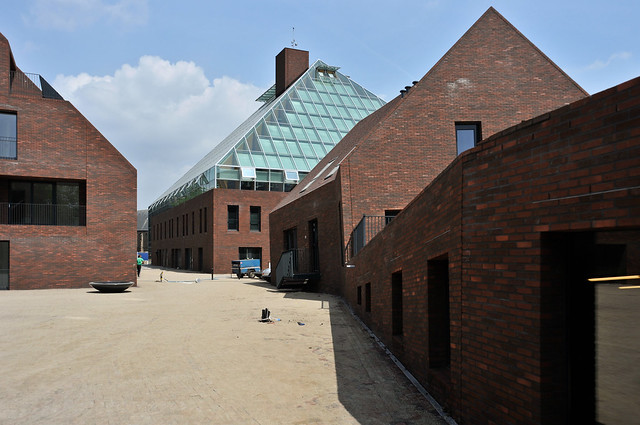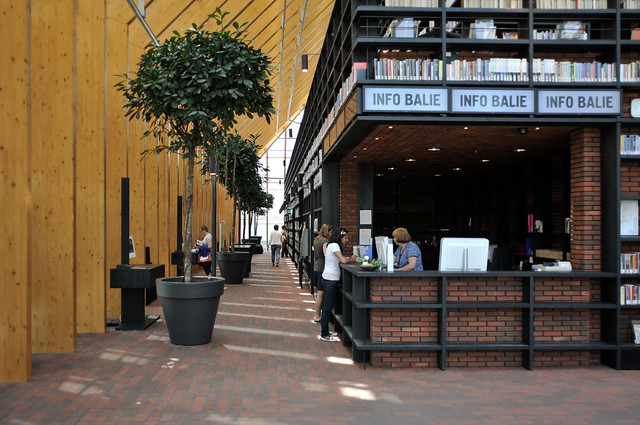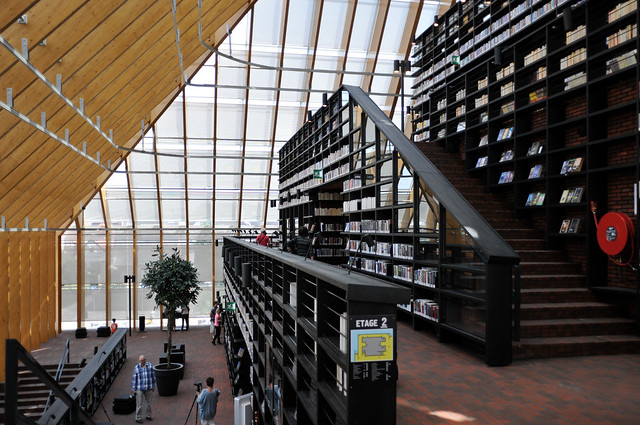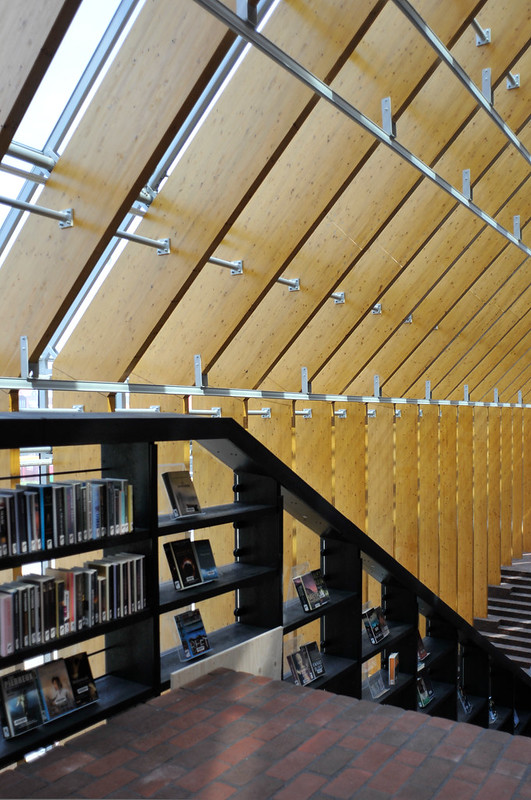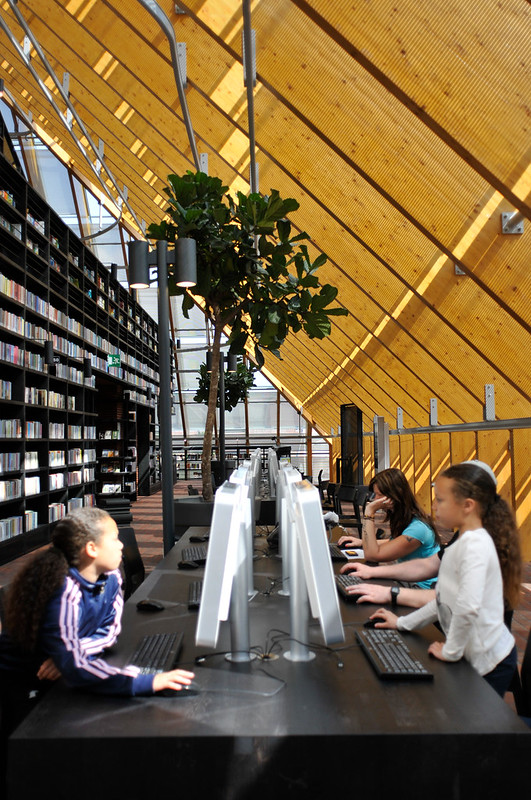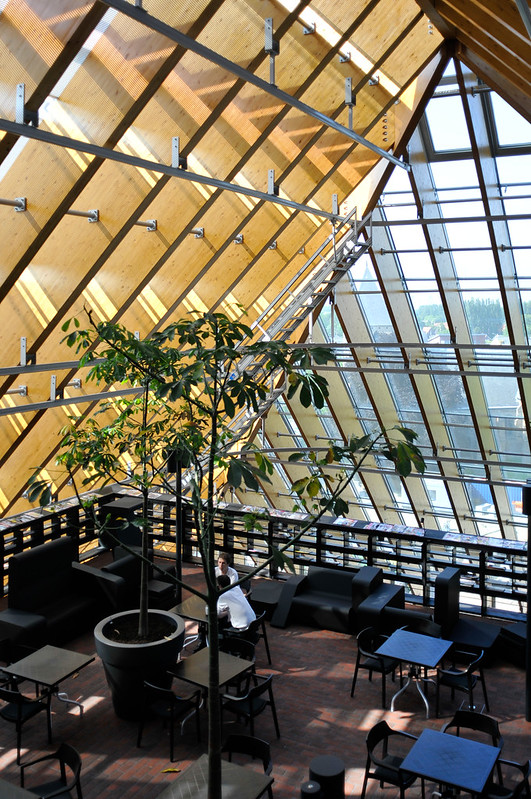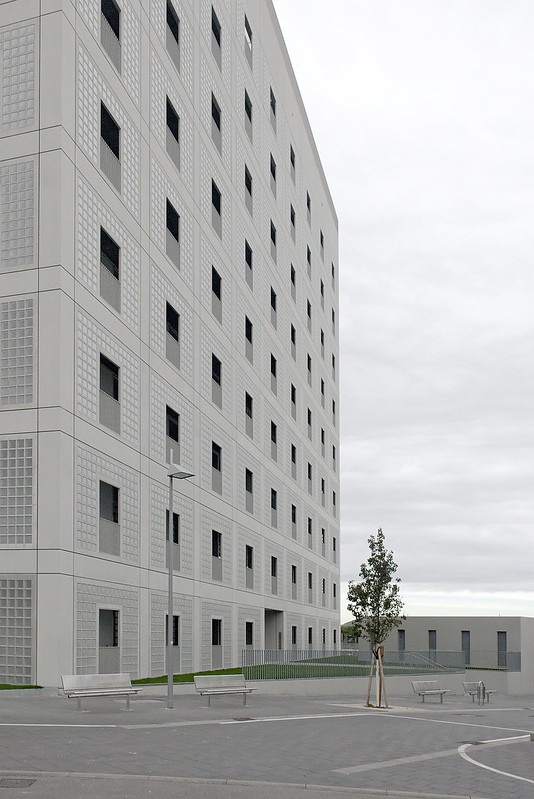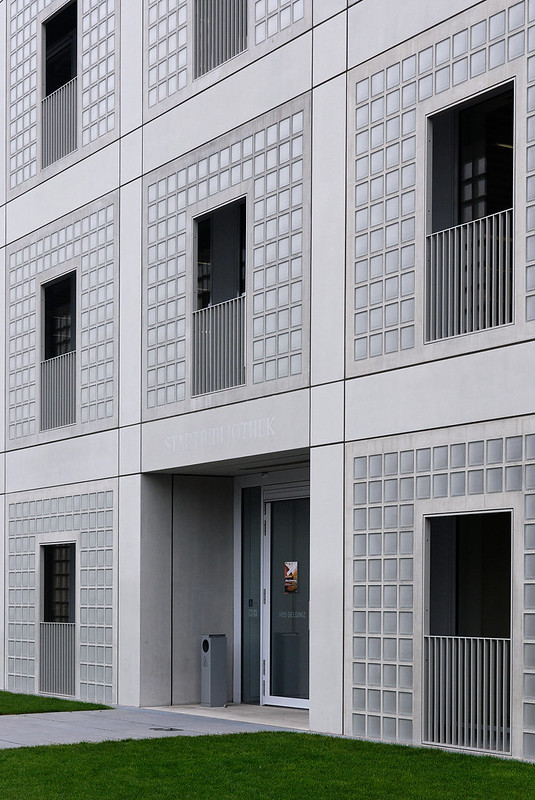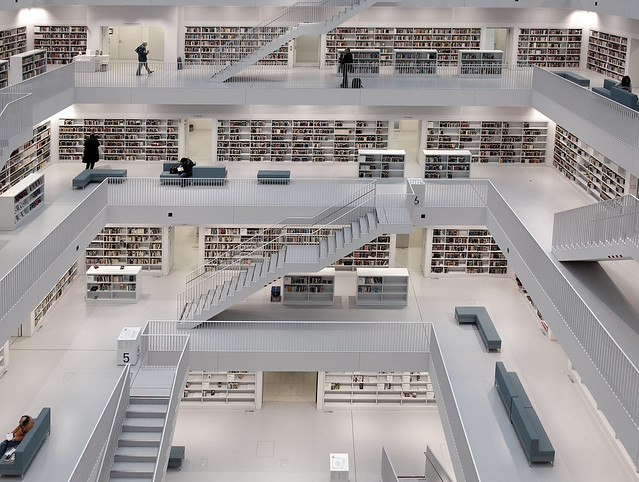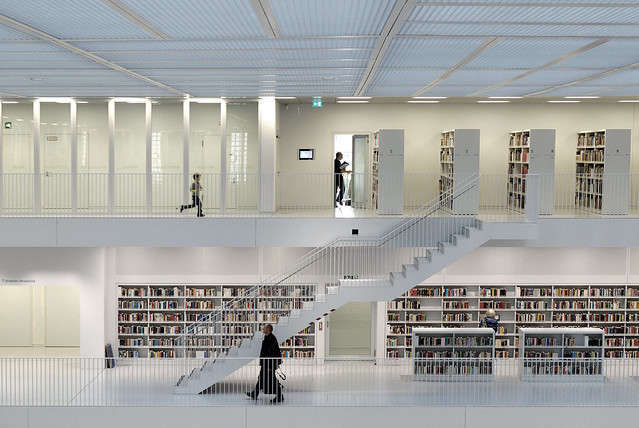"Book Briefs" are an ongoing series of posts with two- or three-sentence first-hand descriptions of some of the numerous books that make their way into my library. These briefs are not full-blown reviews, but they are a way to share more books worthy of attention than can find their way into reviews on my daily or weekly pages.Number 12 in this series focuses on some titles in Princeton Architectural Press's Conversations with Students series, slim volumes that focus on a single architect or designer. 
1:
Tadao Ando: Conversations with Students edited and translated by Matthew Hunter | Princeton Architectural Press | 2012 |
AmazonThe most recent installment in the series features six lectures by Tadao Ando at the University of Tokyo in 1998, a time when the Great Hanshin-Awaji Quake hit Kobe. This English-language publication comes a year after the Tōhoku earthquake and tsunami, a fact that Ando makes explicit in the preface. In response to both events the architect has planted trees to "create an opportunity for ... spiritual recovery." The last of the six lectures deals with this response to the earthquake that hit Kobe, but the other five give a glimpse into Ando's thinking when he was taking his architecture beyond the confines of Japan. Some of the most valuable passages recall his early days and projects, and how his studio is an example of "living architecture."
2:
Conversations with Paolo Soleri edited by Lissa McCullough | Princeton Architectural Press | 2012 |
AmazonGiven the name of the series,
Conversations, it's pretty clear that the architect in question should be conversing with somebody—an interviewer, students, a room full of people, what have you. But much of the content within the books are one-way. It is much more the case with the Paolo Soleri title than others I've read. There is a short interview with editor Lissa McCullough, but the bulk of the book is made up of writings from Soleri's notebooks, as well as an essay by McCullough and ones by collaborators Marco Felici and Youngsoo Kim. The book is a good introduction to Soleri's ideas on architecture and cities, focused on the arcology concept and its realization outside Phoenix.

3:
A Conversation with Frei Otto by Juan Maria Songel | Princeton Architectural Press | 2010 |
AmazonWhen traveling for two weeks through Europe after a semester in Italy, one of the buildings that I visited was the
Olympic Stadium in Munich. The design, of which Frei Otto is usually given top credit, was one of the more impressive pieces of architecture that I experienced, not only for the expressive tensile roof structure but for the way the snaking roofscape worked with the landscape. Frei Otto's contributions to architecture and engineering have typically focused on the former's technological aspects, but the latter is indicative of larger considerations; those are expressed in the essays by Otto and a conversation between him and Juan Maria Songel
originally published by GG in 2008.
4:
Rem Koolhaas: Conversations with Students edited by Sanford Kwinter | Princeton Architectural Press | 1996 |
AmazonThe
Conversation that started the series was a lecture and seminar with Rem Koolhaas held at Rice University back in 1991. In the lecture Koolhaas discusses three well-known but unbuilt projects—Zeebrugge Sea Terminal, Bibliotheque de France, and ZKM Center for Art and Media Technology. The seminar, on the other hand, focuses on his thoughts on cities, including Houston, Rice's hometown. The third and last element is Sanford Kwinter's essay "Flying the Bullet, or When Did the Future Begin?" It's a small but solid book on an important architect and thinker. Yet over 20 years later, it might just be time to update Rem's conversations for the 21st century.





